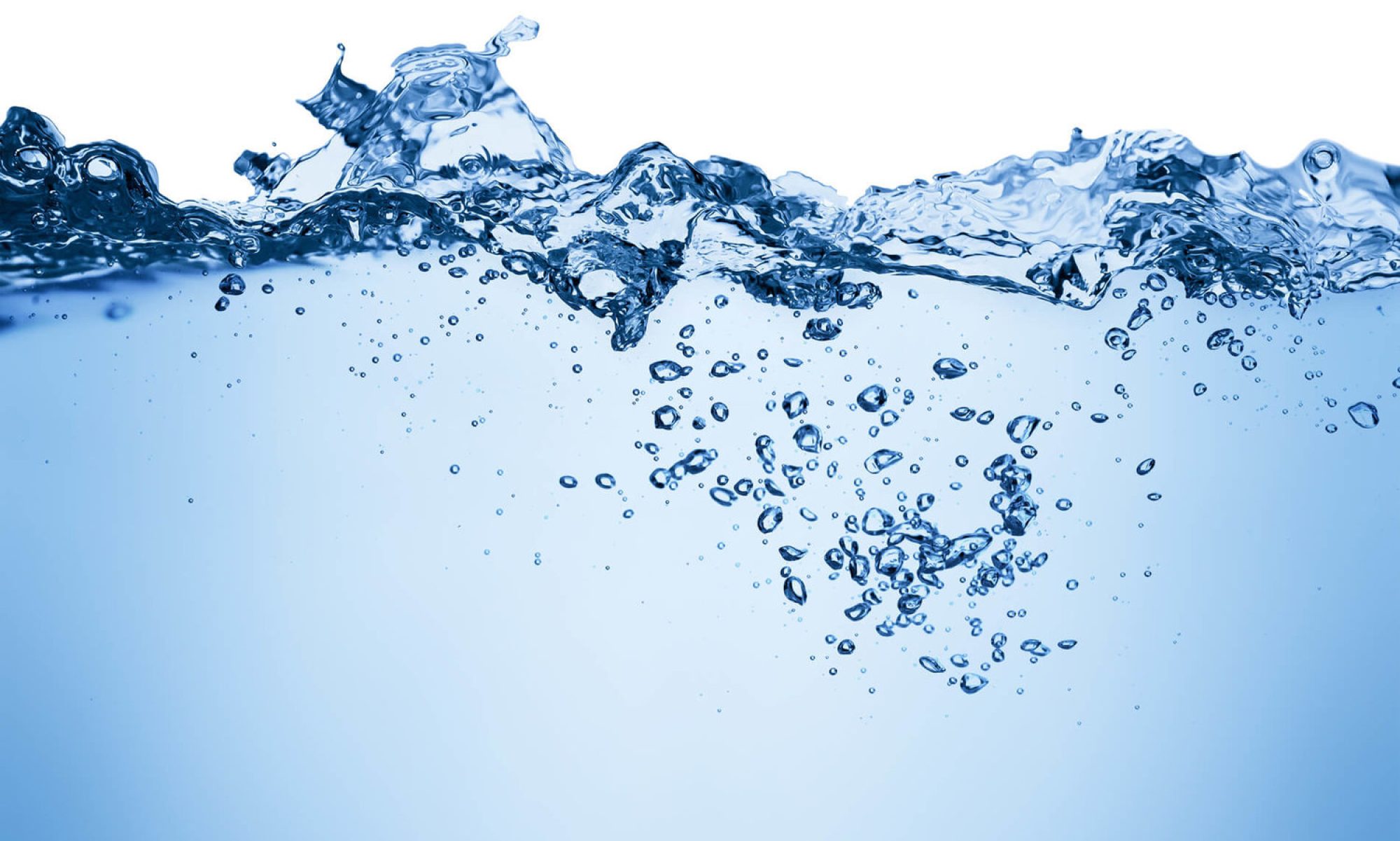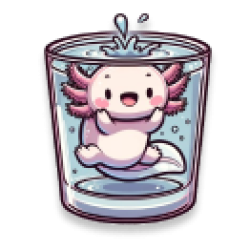What did you personally accomplish this week on the project? Give files or photos that demonstrate your progress. Prove to the reader that you put sufficient effort into the project over the course of the week (12+ hours).
This week, I worked on getting the prototype ready for the interim demo. I worked on our backup microcontroller (after we had issues with the Adafruit’s, where they stopped working), re-writing code to be compatible with it. I collaborated with Erin to get the new setup working on the app. I also worked on the new physical prototype (as part of a team effort), and we now have a leak-free, working, classifying bottle! Finally, I calibrated the classifying algorithm for the bottle with nothing in it, water, milk, coffee, and orange juice, and rehearsed for, and delivered my portion of, the team demo.
Is your progress on schedule or behind?
On schedule
What deliverables do you hope to complete in the next week?
Next week, I will work on improving classifier accuracy, with more data points, and in detecting when the bottle is stood up correctly, with FSR’s. I will also begin work on testing, running a fuzzer and a static analysis tool on my arduino code.
Now that you have some portions of your project built, and entering into the verification and validation phase of your project, provide a comprehensive update on what tests you have run or are planning to run. In particular, how will you analyze the anticipated measured results to verify your contribution to the project meets the engineering design requirements or the use case requirements?
I will run tests with the sensors in the bottle against the ground truth – the thermometer with a reference one, and TDS and turbidity against reference metrics for our liquids. I will test these against the expected (and acceptable) tolerance of the sensors. For the color sensor, I will test it against different liquids in our final bottle, to make sure the interference of the bottle material is small enough to still give use usable data (as it has been in previous translucent prototypes). This will make sure our final assembly is within our tolerance.
I will also run a fuzzer and a static analysis tool on my microcontroller code, to ensure the code is reliable and secure, and does not have egregious, easily correctable faults in it.
For the classifier, I will test it with different beverages to ensure it can correctly classify them within an allowable tolerance. As I provide more data points and better calibration, I will expect the accuracy to improve.

